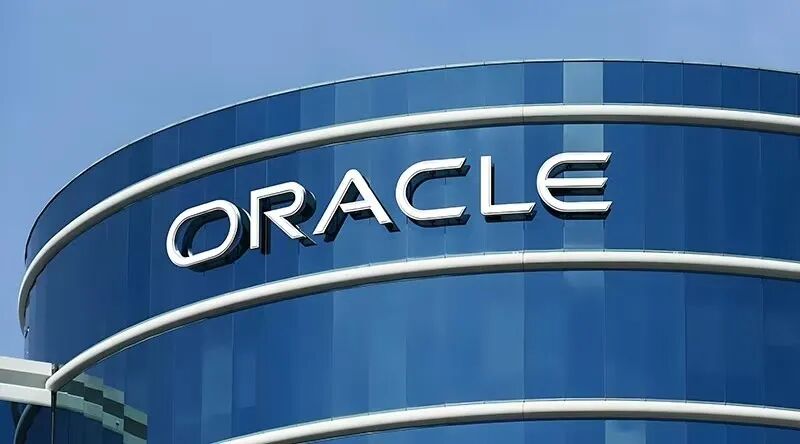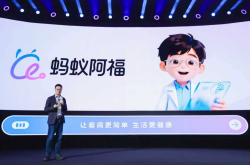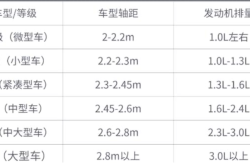OpenAI’s Huge Order Drives Oracle’s Stock Soar Amid Global AI Computing Power Race Escalation
![]() 09/16 2025
09/16 2025
![]() 552
552
AI Computing Power Market in a Frenzy

Recently, the seasoned tech behemoth Oracle unveiled its fiscal 2026 first-quarter results. Although its revenue fell short of projections, its disclosed 'Remaining Performance Obligations' (RPO) hit an astounding $455 billion, marking a 359% year-on-year surge. This extraordinary growth is largely attributed to a substantial computing power contract inked with OpenAI. The market responded promptly and emphatically, with Oracle’s stock price rocketing up 36% on the day, adding $251 billion (roughly 1.78 trillion yuan) to its market capitalization. This represented the largest single-day gain since 1992 and fully sparked frenetic expectations in the global AI computing power market.
Massive Order Sets Off Market Frenzy
Among Oracle’s disclosed $455 billion in RPO, $317 billion was added in just the first quarter of 2025, setting a new all-time record. A staggering 94.6% (about $317 billion) of this new RPO comes from a five-year, $300 billion computing power procurement contract with OpenAI. Scheduled to start in 2027, the agreement requires OpenAI to pay Oracle $60 billion annually. Dubbed the 'AI Century Contract' by industry pundits, this deal obligates Oracle to supply 4.5 gigawatts (GW) of data center capacity—equal to one-fourth of the current U.S. data center capacity or the annual electricity consumption of roughly 4 million households.
Backed by this enormous order volume, Oracle has issued highly optimistic projections for its cloud business growth. The company expects its Cloud Infrastructure (OCI) business to expand by 77% this fiscal year, reaching $18 billion. More significantly, its four-year plan envisions OCI revenue climbing sequentially to $32 billion, $73 billion, and $114 billion, ultimately hitting $144 billion in the fifth year. Oracle CEO Safra Catz stressed that most of these projected revenues are already factored into the currently reported RPO, with robust contractual reserves ensuring future revenue growth.
Supply Chain Effects Spread Outward
To fulfill these massive contracts, Oracle is gearing up for substantial capital investments. The company announced an increase in its fiscal year capital expenditure forecast to $35 billion, with the majority of investments earmarked for 'revenue-generating equipment' for data centers rather than land or buildings. Catz mentioned that if future capital expenditure figures keep rising, it would be 'good news’ as it indicates a greater capacity required to convert Oracle’s massive RPO backlog into revenue and profits.
Oracle’s surge is not an isolated incident but has collectively heated up the entire AI computing power supply chain. In the chip sector, Broadcom recently revealed a $10 billion custom AI chip order from an 'unidentified client,' later confirmed by media to be OpenAI. By collaborating with Broadcom to design and mass-produce self-developed AI chips, OpenAI aims to break through computing power bottlenecks and reduce its dependence on market leader NVIDIA. Google has also gotten involved, with Google Cloud reaching a computing power cooperation agreement with OpenAI, breaking Microsoft’s position as OpenAI’s exclusive cloud provider. Among Google Cloud’s existing customer contracts, unfulfilled commitment amounts reach $106 billion.
Domestic Industry Seizes the Moment
Oracle’s mega-order has also acted as a catalyst for China’s domestic computing power industry. According to the National Data Bureau, China’s daily average token processing volume has soared from 100 billion in early 2024 to 30 trillion by June 2025, a more than 300-fold increase. IDC predicts that China’s intelligent computing power capacity will reach 1,037.3 EFLOPS by 2025, with a compound annual growth rate of 46.2% from 2024 to 2028.
Driven by national policy support and market demand, the substitution process for domestic computing power chips has sped up. Data indicates that NVIDIA’s market share in China’s AI chip sector declined from 66% in 2024 to 54% in 2025, while domestic chip self-sufficiency is projected to reach 55% by 2027. In the second quarter of 2025, net profits for chip companies on the STAR Market jumped by over 50% year-on-year, with overall profitability significantly improving. Cambricon reported revenue of 2.881 billion yuan in the first half of this year, up 4,347.82% year-on-year, achieving semi-annual profitability for the first time.
As AI models shift from training to large-scale inference, global computing power demand is surging 'exponentially.' OpenAI’s massive investment exemplifies the AI 'race' across the tech industry. The staggering costs of this competition have compelled tech companies to explore new financial solutions, raising concerns about market overheating risks. This AI-driven capital extravaganza is testing Silicon Valley’s innovation capabilities as much as financial players’ risk control abilities.
END
Follow us for more thrilling content
Original content by Shengma Finance. Reproduction is prohibited without authorization.






